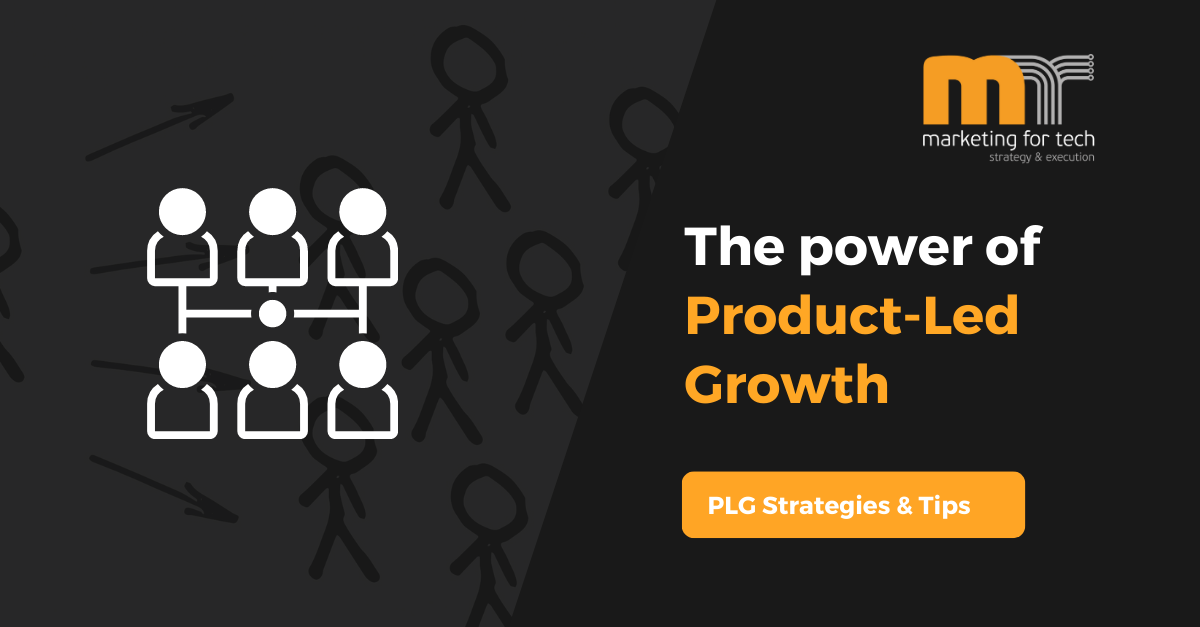Best Practices for Implementing Account-based Marketing

In today's competitive business landscape, traditional marketing strategies are often insufficient to reach and engage key decision-makers in the B2B space. That's where account-based marketing (ABM) comes into play. ABM is a highly targeted approach that focuses on building personalized and meaningful relationships with high-value accounts. By tailoring marketing efforts to the specific needs and preferences of individual accounts, businesses can maximize their impact and drive impressive ROI. In this article, we explore the concept of account-based marketing, its benefits, best practices, and how you can leverage it as B2B marketing and sales strategy.
Understanding the basics of account-based marketing
Account-based marketing is a strategic approach that aligns marketing and sales efforts to target specific high-value accounts. Rather than casting a wide net and hoping for leads, ABM concentrates resources on a select group of accounts that are most likely to generate significant revenue. This approach flips the traditional marketing funnel on its head, focusing on a smaller pool of accounts at the top and nurturing them through personalized campaigns.
ABM involves identifying and understanding the unique characteristics, pain points, and goals of each target account. By gathering data and insights, businesses can create tailored messaging, content, and experiences that resonate with key decision-makers within those accounts. This personalized approach enhances engagement, increases the likelihood of conversion, and strengthens customer loyalty.
The Benefits of Account-Based Marketing
1. Enhanced Personalization and Relevance
With account-based marketing, businesses can deliver highly personalized experiences tailored to the unique needs and preferences of individual accounts. By understanding the pain points, motivations, and challenges of target accounts, marketers can craft messaging and content that resonates with key decision-makers. This level of personalization boosts relevance and engagement, making prospects more likely to respond positively to marketing efforts.
2. Improved Alignment Between Marketing and Sales
Account-based marketing fosters close collaboration and alignment between marketing and sales teams. By focusing efforts on specific target accounts, both teams can work together to develop tailored strategies and initiatives. This alignment ensures that marketing efforts are in sync with sales goals, resulting in more effective lead nurturing, higher conversion rates, and ultimately, increased revenue.
3. Increased ROI and Revenue Potential
By concentrating resources on high-value accounts, account-based marketing allows businesses to maximize their return on investment. Since ABM is highly targeted and personalized, it eliminates wasted efforts on leads that may not be a good fit for the company. This strategic approach increases the likelihood of generating qualified leads, accelerating the sales cycle, and ultimately driving higher revenue.
4. Strengthened Customer Relationships
Account-based marketing focuses on building strong relationships with key decision-makers within target accounts. By providing personalized experiences and addressing specific pain points, businesses can foster trust and loyalty. This deepened relationship enhances customer satisfaction and increases the likelihood of long-term partnerships, referrals, and upselling opportunities.
5. Improved Marketing Metrics and Measurement
With account-based marketing, businesses can measure and track the success of their efforts with greater accuracy. By focusing on a select group of accounts, marketers can monitor the impact of their campaigns and initiatives at a granular level. This level of measurement allows for better optimization, identification of best-performing strategies, and informed decision-making.
Implementing Account-based Marketing: Best Practices
Account-based marketing (ABM) has gained significant traction in the B2B marketing world due to its ability to deliver highly personalized and targeted campaigns. However, implementing ABM requires careful planning and execution to maximize its effectiveness. Here are some best practices for implementing account-based marketing and driving successful outcomes.
1. Identify High-Value Accounts
The first step in implementing account-based marketing is identifying the high-value accounts that align with your business goals. Analyze your existing customer base, consider the ideal customer profile, and evaluate factors such as revenue potential, industry influence, and strategic fit. By selecting the right accounts, you can ensure that your efforts are focused on those most likely to yield positive results.
2. Align Marketing and Sales Teams
Successful ABM implementation requires close collaboration and alignment between your marketing and sales teams. Both teams should work together to define the ideal customer profile, establish goals and objectives, and create a cohesive ABM strategy. Regular communication and shared insights between marketing and sales will ensure that both teams are aligned in their efforts to target and engage high-value accounts effectively.
3. Develop Personalized Messaging and Content
One of the key pillars of ABM is personalization. Tailor your messaging and content to address the unique pain points, challenges, and goals of each target account. Craft compelling narratives that resonate with the key decision-makers within those accounts. Leverage data and insights to create personalized experiences that demonstrate your understanding of their specific needs. By delivering relevant and tailored content, you increase the chances of capturing the attention and interest of your target accounts.
4. Leverage Multi-Channel Campaigns
ABM is not limited to a single marketing channel. Instead, leverage a combination of channels to engage your target accounts effectively. This can include email marketing, social media, content marketing, events, and direct outreach. By utilizing a multi-channel approach, you can reach decision-makers at various touchpoints, increasing the likelihood of engagement and conversion. Be sure to tailor your messaging and content to fit each channel while maintaining a consistent brand voice and experience.
5. Utilize Marketing Automation and Personalization Tools
Marketing automation and personalization tools are invaluable assets when implementing ABM. These tools allow you to scale your efforts by automating repetitive tasks, tracking engagement, and personalizing communication at scale. Use automation to deliver targeted content, trigger personalized emails, and track the interactions of your target accounts. This data will provide valuable insights into their interests and behaviors, enabling you to refine your ABM strategy and drive better results.
6. Measure and Optimize
As with any marketing strategy, measuring and optimizing your ABM efforts is crucial for long-term success. Implement robust analytics and tracking mechanisms to monitor the performance of your campaigns. Measure key metrics such as engagement rates, conversion rates, and revenue generated from your target accounts. Analyze the data to identify areas of improvement and optimize your strategy accordingly. Regularly evaluate your ABM initiatives and make data-driven adjustments to ensure continuous improvement and maximum impact.
Frequently Asked Questions (FAQs)
Q: How does account-based marketing differ from traditional lead generation?
Account-based marketing differs from traditional lead generation in its approach and focus. While traditional lead generation aims to attract a large volume of leads, ABM targets a select group of high-value accounts. ABM is highly personalized, focusing on building relationships with key decision-makers within those accounts. It aligns marketing and sales efforts, tailors messaging and content to individual accounts, and aims to generate quality leads with a higher likelihood of conversion.
Q: What are the benefits of implementing account-based marketing?
Implementing account-based marketing offers several benefits, including enhanced personalization and relevance, improved alignment between marketing and sales teams, increased ROI and revenue potential, strengthened customer relationships, and improved marketing metrics and measurement.
Q: How can my company identify high-value accounts for ABM?
Analyze your existing customer base and consider factors such as revenue potential, industry influence, and strategic fit. Conduct research to uncover accounts that align with your business goals and have a higher likelihood of converting into long-term customers.
Q: What is the role of marketing and sales alignment in ABM?
Marketing and sales alignment is crucial in account-based marketing. Both teams should work together to define the ideal customer profile, establish goals and objectives, and create a cohesive ABM strategy. Close collaboration ensures that marketing efforts are in sync with sales goals, resulting in effective lead nurturing, higher conversion rates, and increased revenue.
Q: How can I measure the success of my account-based marketing efforts?
Measuring the success of account-based marketing involves tracking key metrics such as engagement rates, conversion rates, and revenue generated from target accounts. Implement robust analytics and tracking mechanisms to monitor the performance of your campaigns. Regularly evaluate the data, identify areas of improvement, and optimize your ABM strategy accordingly.









